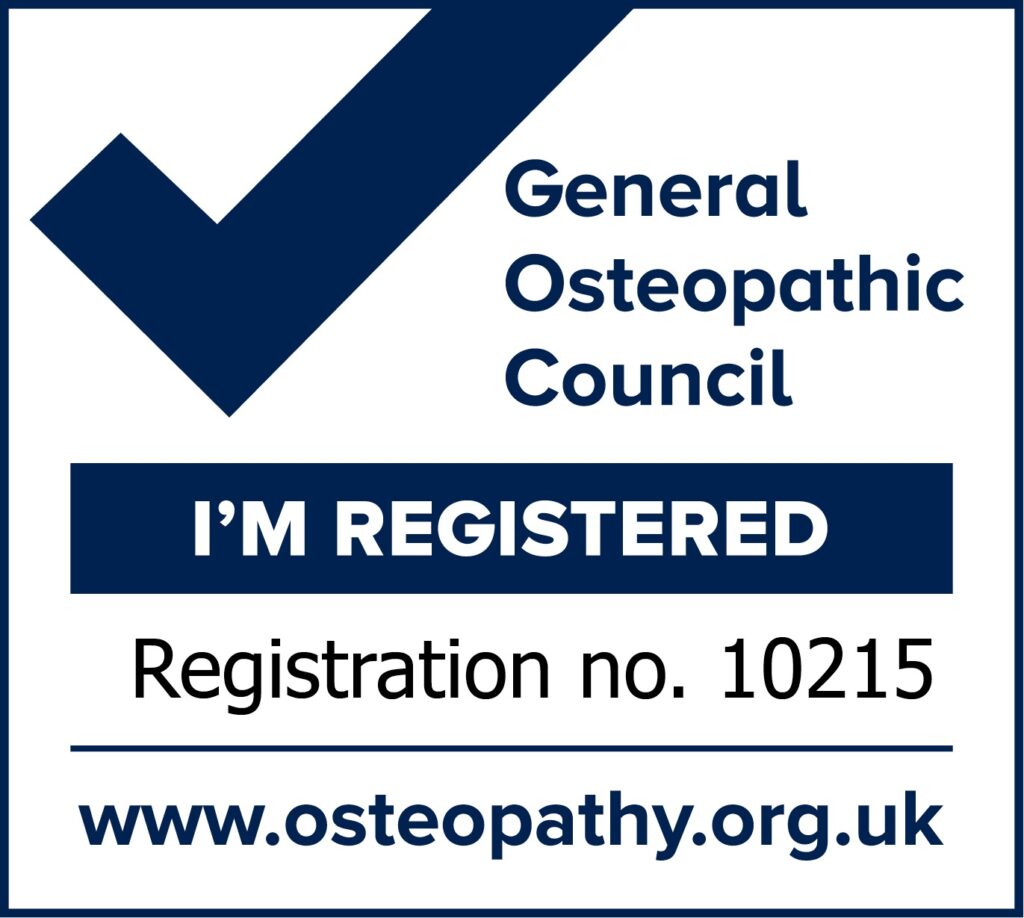Overview
Yes, there is such a thing as bad posture. Posture refers to the alignment and positioning of the body while sitting, standing, or lying down. Good posture involves maintaining a balanced and aligned position that minimizes strain on the muscles, joints, and ligaments.
Bad posture, on the other hand, refers to positions or habits that deviate from optimal alignment and can lead to various musculoskeletal issues. Common examples of bad posture include slouching, hunching the shoulders, forward head posture, rounded back, and excessive arching of the lower back.
Bad posture can result from a variety of factors, including prolonged sitting, improper ergonomics, muscle imbalances, weak core muscles, and poor body mechanics. It can lead to a range of problems, including:
1. Musculoskeletal pain: Bad posture can cause muscle imbalances, strain on the muscles and ligaments, and increased pressure on the joints. This can result in pain and discomfort in the neck, shoulders, back, hips, and other areas of the body.
2. Reduced flexibility and mobility: Poor posture can contribute to stiffness and limited range of motion in the joints. Over time, this can lead to decreased flexibility and mobility, making it more difficult to perform daily activities and exercise.
3. Spinal misalignment: Bad posture can put stress on the spine, leading to misalignment of the vertebrae. This can affect the function of the nervous system and potentially contribute to conditions such as herniated discs or nerve impingements.
4. Fatigue and decreased energy: Maintaining poor posture requires more effort from the muscles, which can lead to fatigue and decreased energy levels. It can also affect breathing patterns and oxygen intake, further contributing to feelings of fatigue.
5. Negative impact on overall health: Chronic bad posture has been associated with various health issues, including decreased lung capacity, digestive problems, and decreased circulation. It can also affect mood, self-confidence, and body image.
Improving posture involves awareness, education, and making conscious efforts to maintain proper alignment throughout the day. This may include practicing good ergonomics, engaging in regular exercise to strengthen core muscles, stretching tight muscles, and maintaining a balanced and active lifestyle.
If you are experiencing pain or discomfort related to your posture, it is recommended to consult with a healthcare professional, such as an Osteopath, who can provide guidance and develop a personalised plan to address your specific posture issues.
November 2023


© Copyright 2021 BTST Osteopathy And Sports Massage Clinic.